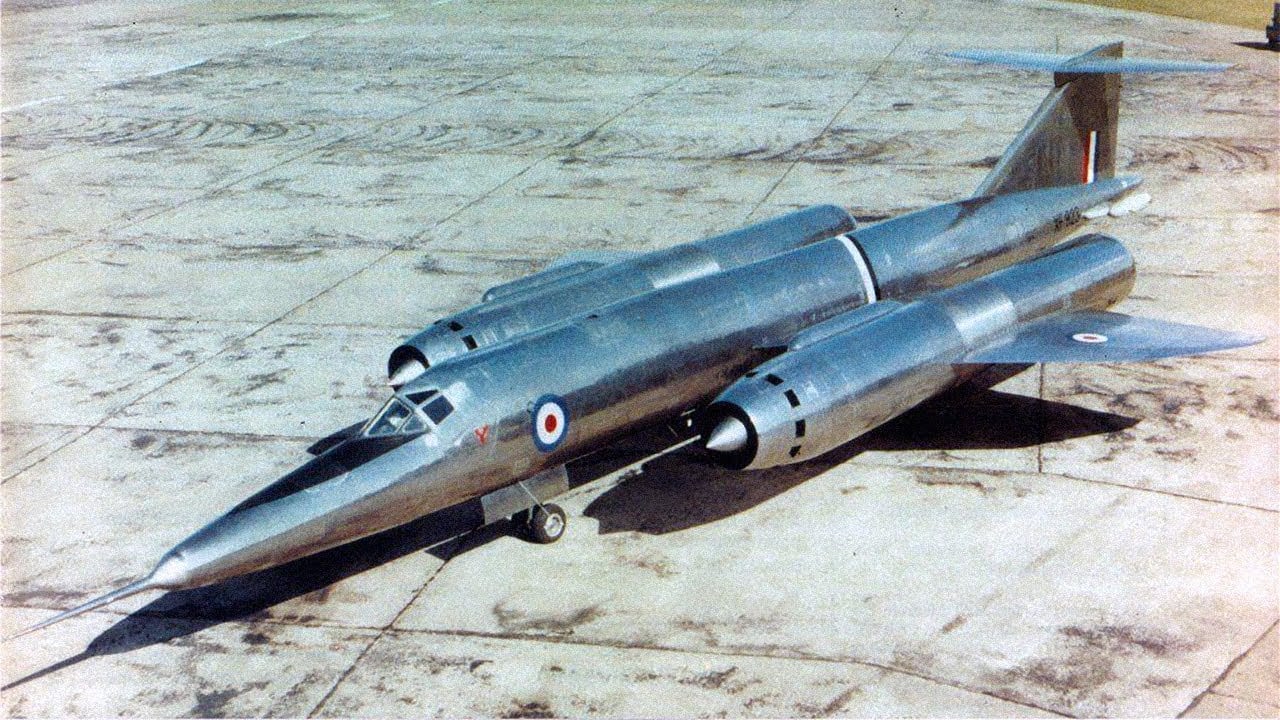The Space Force’s recent milestone in testing its Deep Space Advanced Radar Capability (DARC) underscores a critical evolution in satellite surveillance, addressing the growing need for enhanced tracking of both space debris and potential threats to U.S. and allied assets in geosynchronous orbit. Developed by Northrop Grumman, this radar system is designed to provide comprehensive visibility into orbital activities, a necessity as the space environment becomes increasingly congested and contested. The successful demonstration of tracking multiple satellites using just seven antennas from an Australian site marks a significant step in DARC's integration and testing phase, which is pivotal for its anticipated operational readiness by 2027.
As DARC progresses, the integration of additional antennas will enhance its observational accuracy and persistence, creating a formidable radar system through the collaboration of multiple parabolic dishes. Northrop Grumman is concurrently advancing plans for a second radar system in the U.K., leveraging insights gained from the first to optimize design and functionality. While the Space Force's fiscal 2026 budget does not allocate specific funding for DARC, it plans to utilize $281 million from Congress’ reconciliation bill, highlighting the strategic importance of this initiative in maintaining space superiority and ensuring robust defense capabilities in an increasingly complex orbital landscape.









